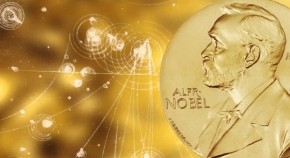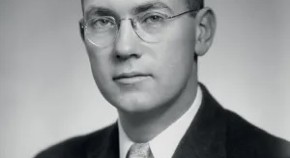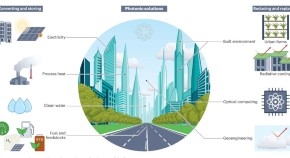Nature Photonics (original) (raw)

Browse our November issue
Featuring research on nonlinear Compton scattering, deep-blue OLEDs, giant optical anisotropy, high-dimensional quantum computing, broadband quantum-dot image sensors and more.
Announcements
2023 Nobel Prize in Physics
The 2023 Nobel Prize in Physics has been awarded to Pierre Agostini, Ferenc Krausz and Anne L’Huillier “for experimental methods that generate attosecond pulses of light for the study of electron dynamics in matter“. To celebrate the prize, Springer-Nature has created a collection of seminal papers and relevant content from nature.com.
Light Talk
This collection brings together in one place the Question & Answer interviews that Nature Photonics has conducted with leading figures in photonics over the years.
Pioneers in Photonics
With this collection of obituaries, we celebrate the great scientists that helped shape modern day photonics.
Photonic solutions help fight climate crisis
The mitigation of climate change requires major transformations in the ways we generate energy and operate technologies that release carbon dioxide. Photonic concepts and novel light-driven technologies provide many potential solutions, transforming our current modes of energy use into more effective and sustainable ones.
Latest Research articles
- ArticleOpen Access12 Nov 2024
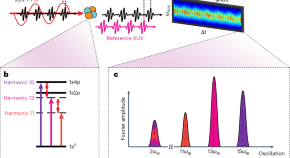
Attosecond transient interferometry
Sub-cycle phase-resolved attosecond interferometry is developed. The obtained phase information enables us to decouple the multiple quantum paths induced in a light-driven system, isolating their coherent contribution and retrieving their temporal evolution.
- Omer Kneller
- Chen Mor
- Nirit Dudovich
ArticleOpen Access01 Nov 2024 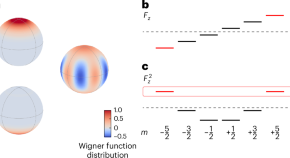
Minute-scale Schrödinger-cat state of spin-5/2 atoms
Using spin-5/2 nuclei of 173Yb atoms trapped in an optical lattice, a Schrödinger-cat state persists for a coherence time of 1.4 × 103 s. In measuring external magnetic fields, the cat state exhibits a sensitivity approaching the Heisenberg limit.
- Y. A. Yang
- W.-T. Luo
- Z.-T. Lu
Article01 Nov 2024 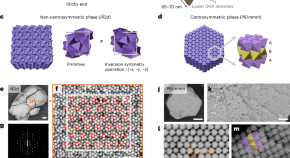
Nonlinear optical colloidal metacrystals
Researchers use a DNA-mediated approach for the programmable assembly of octahedron-shaped plasmonic gold nanocrystals into nonlinear optical metacrystals. A maximum second-harmonic generation conversion efficiency of 10−9 is demonstrated.
- Ye Zhang
- David D. Xu
- Chad A. Mirkin
Article31 Oct 2024
